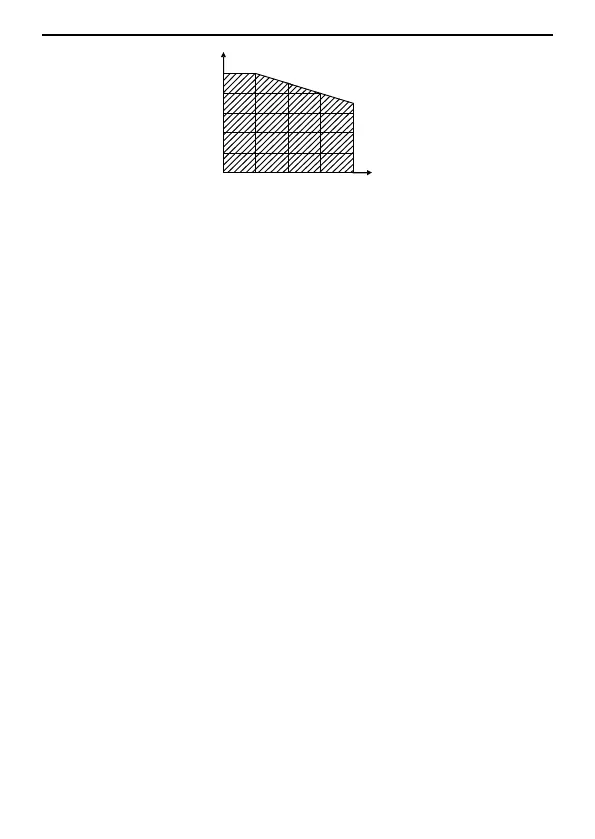UMI-B1 UL Series Inverter Appendix A Technical data
132
Derating coefficient (%)
Altitude (ft)
100
80
60
40
20
0
3281 6562 9843 13124
A.2 Marking
A.2.1 CE marking
The CE mark is attached to the inverter to verify that the inverter follows the provisions
of the European Low Voltage (2006/95/EC) and EMC Directives (2004/108/EC).
A.2.2 UL and CUL marking
The UL and CUL marks are attached to the inverter to verify that the inverter follows the
provisions of the UL508C and C22.2 No. 274-13.
A.2.3 Compliance with the European EMC Directive
The EMC Directive defines the requirements for immunity and emissions of electrical
equipment used within the European Union. The EMC product standard (EN
61800-3:2004) covers requirements stated for inverters. See section EMC regulations
A.3 EMC regulations
EMC product standard (EN 61800-3:2004) contains the EMC requirements to the
inverter.
First environment: domestic environment (includes establishments connected to a
low-voltage network which supplies buildings used for domestic purposes).
Second environment includes establishments connected to a network not directly
supplying domestic premises.
Four categories of the inverter:
Inverter of category C1: inverter of rated voltage less than 1000 V and used in the first
environment.
Inverter of category C2: inverter of rated voltage less than 1000 V other than pins,
sockets and motion devices and intended to be installed and commissioned only by a
professional electrician when used in the first environment.
Note: IEC/EN 61800-3 in EMC standard doesn't limit the power distribution of the
inverter, but it defines the upstage, installation and commission. The professional
electrician has necessary skills in installing and/or commissioning power drive systems,
including their EMC aspects.
